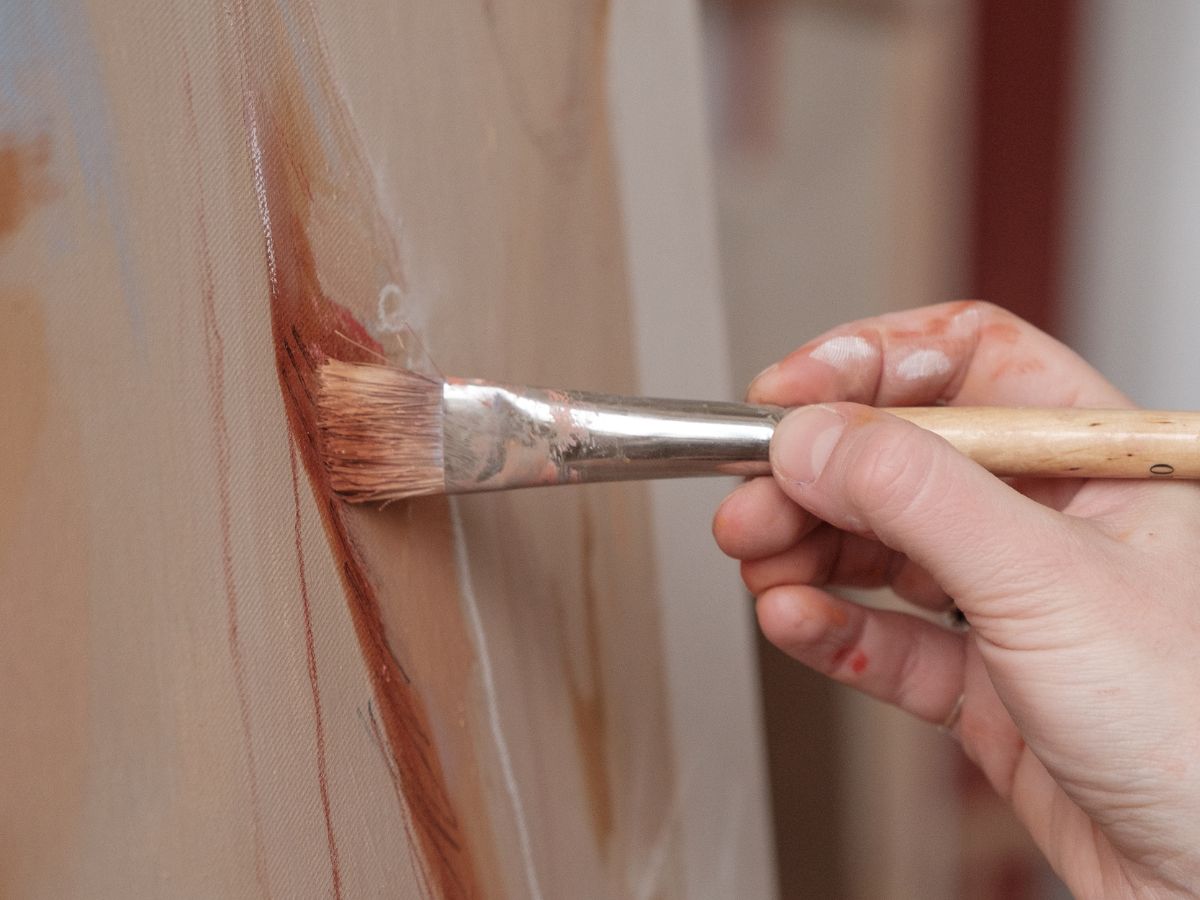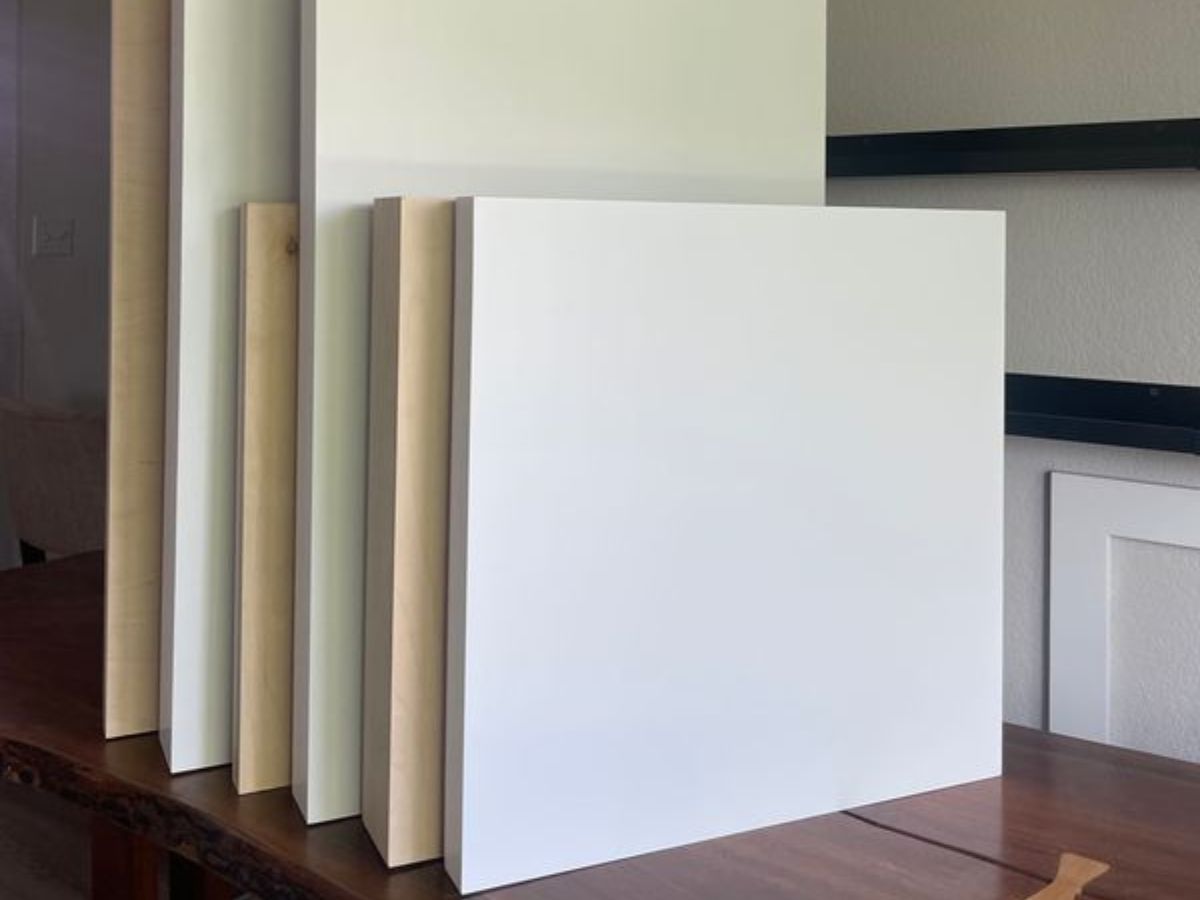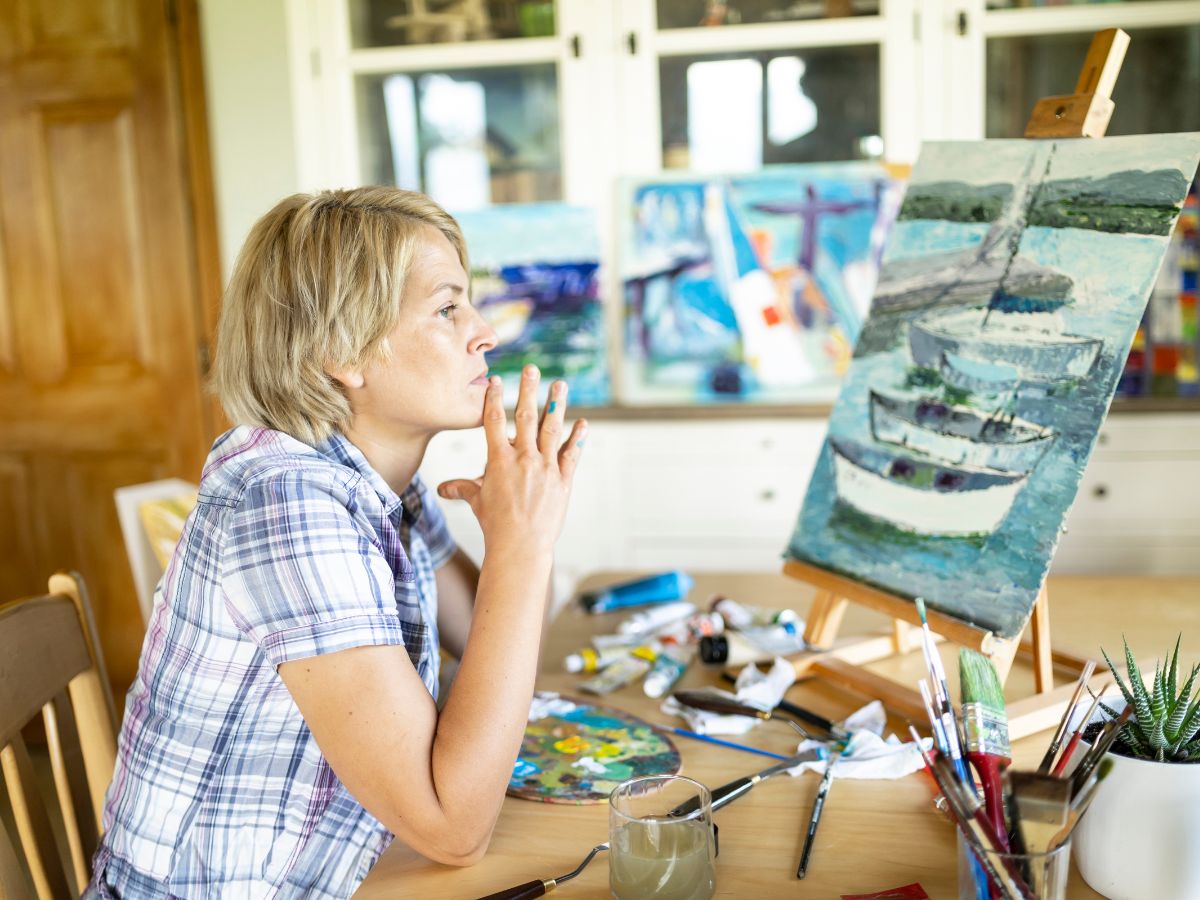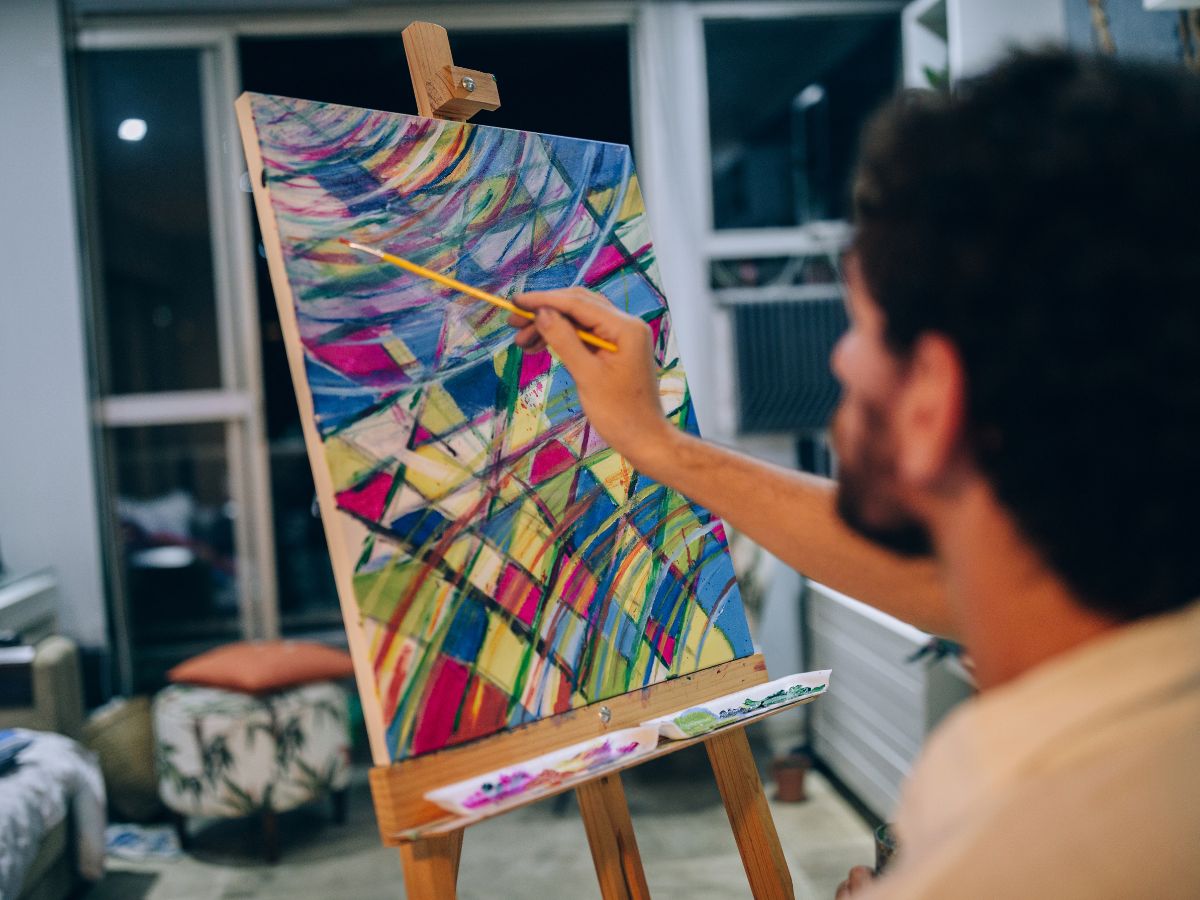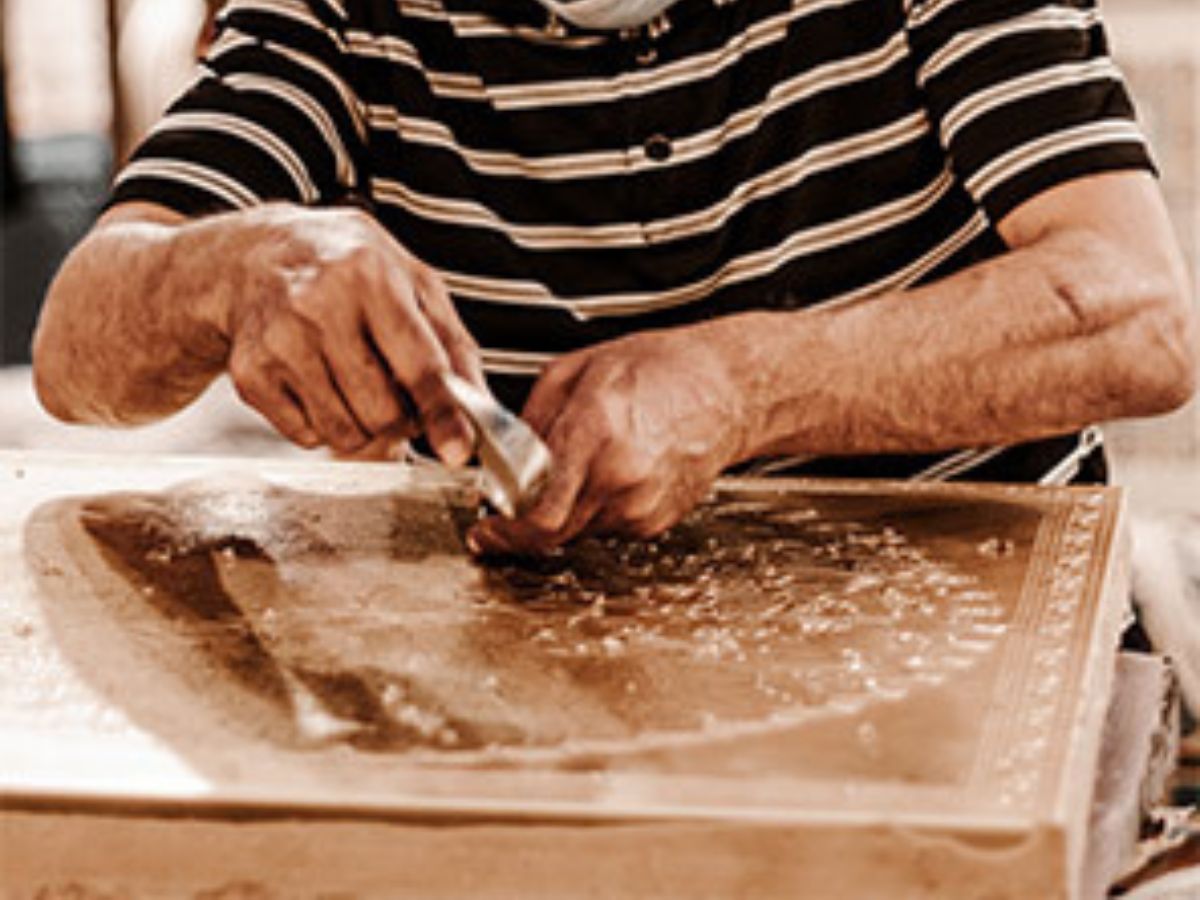
Cheap vs. Expensive Cotton Canvas: What’s Really Worth Paying For?
If you’ve ever stood in an art store trying to decide between a $10 canvas and a $40 one and wondered why they cost so differently when they’re both “cotton,” you’re not alone. Let’s clear the air. Not all cotton canvases are created equal, and knowing the difference can save you money, stress, and a lot of paint.
Here’s what actually separates the bargain bin from the premium wall.


